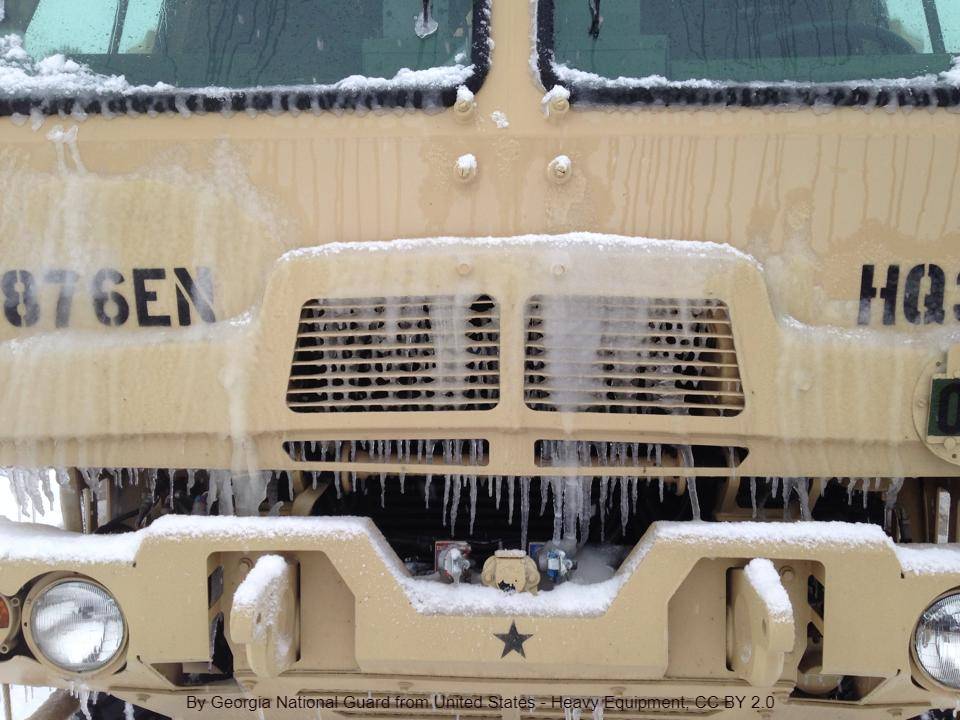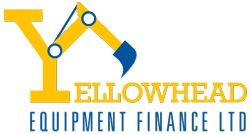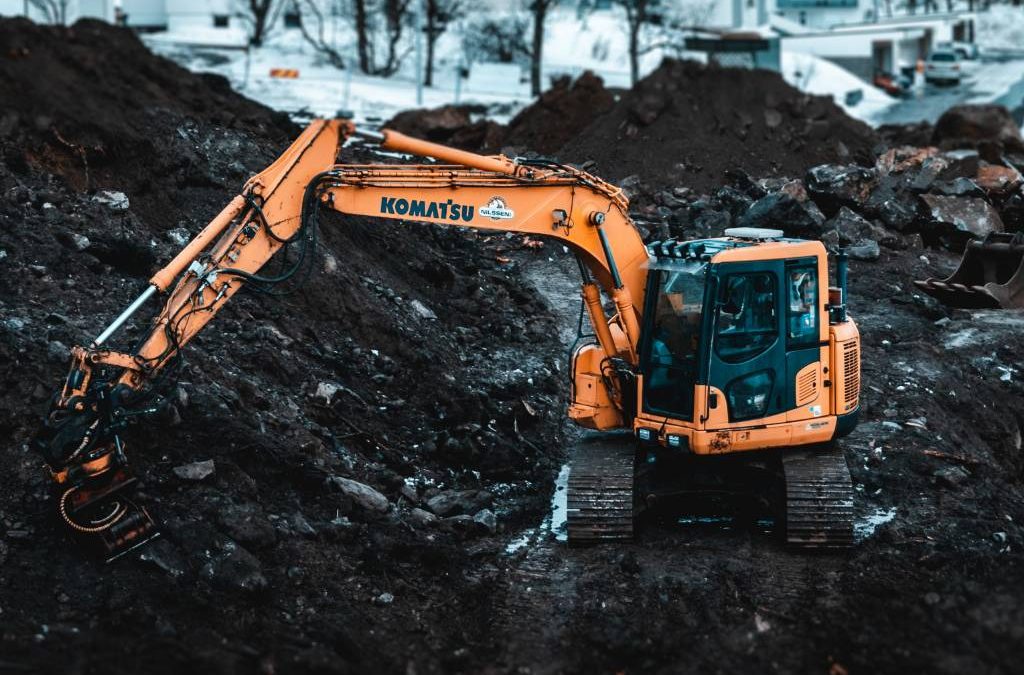
Renew, Upgrade, or Buy Out? Pros & Cons
April 15, 2020
Equipment Leasing FAQs: things to know
June 17, 2020When it comes time to acquire equipment for your business, your options are limited in how you can procure it. For many small businesses the options are to consider leasing or getting financing for their equipment needs.
Whatever the case is, it’s important to recognize that these two options are not the same.
How Payments are treated
First big difference is how payments are treated. For leasing, you’re paying to rent the equipment. Under an operating lease there are only payments, while under a capital lease you are making a payment plus interest.
Financing on the other hand gives you no option for how you will pay. You are expected to pay back whatever monthly amount is stated plus any interest.
Differences in Ownership
Another significant difference is who owns the equipment. Under a lease and depending on the clauses, you won’t be owning the equipment. You’re treating it as a rental, which does have some perks. One distinct one is that you’re not responsible for maintenance or repair costs.
It’s also worth noting that at the end of the lease most will give you an option to buy out the equipment.
When you are financing equipment it’s treated as you buying the equipment outright. You own it and it’s entirely your responsibility.
Making Down Payments
Under leases you not normally required to make a down payment. If you decide to make a down payment, the company you’re leasing from will reduce your payments.
When you are financing however, most will expect a down payment of some kind. The rest will be covered with financing.
Payment Frequency
Payment plans under leases are flexible. In these cases you’re dealing with a small company rather than a bank. Keep this in mind and feel free to negotiate, some companies are more open to working with you to determine how often you’ll pay.
When financing, you won’t have that luxury since you’ll likely be working with a bank. Most cases you’ll have to pay a certain amount every month with less ability to negotiate.
The need to pledge Collateral
You’ll find any sort of collateral to be rare when leasing, since whatever you’re getting is more than enough collateral. Again, since you don’t own it, the lease company can easily scoop up the equipment if you fail to make a payment.
With financing, that option doesn’t exist since the bank is lending money rather than the equipment itself. In these cases you’re going to need to put up some collateral in the event that your credit is put into question.
Tax Implications and Depreciation
There are two types of leases that come with different tax obligations. In the case of an operating lease, you’ll be making rental payments which are tax deductible. You also don’t need to record the equipment in any capital gains or losses.
With capital leases, you’ll have liabilities of ownership in terms of accounting purposes. That said, you may be able to deduct your lease payments on taxes.
When you are financing equipment, you’ll be able to claim deductions on the interest you’re paying. Also since you own the equipment, you will need to account for amortization and depreciation on your books and taxes.
Know the Differences
Knowing the differences between financing and leasing can save you a lot of heartache. Each one certainly has their own advantages and disadvantages, but know that they are not one and the same.



